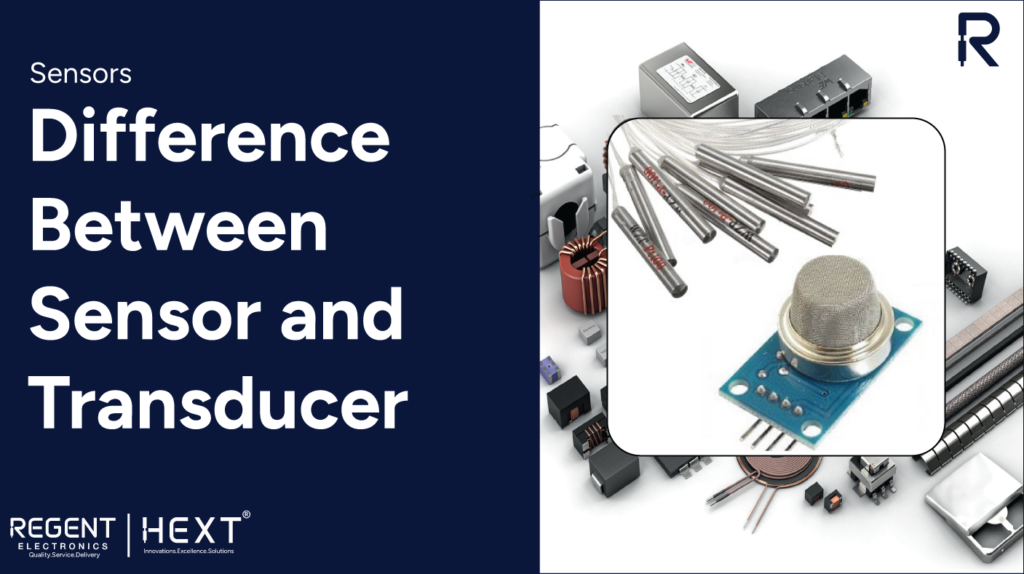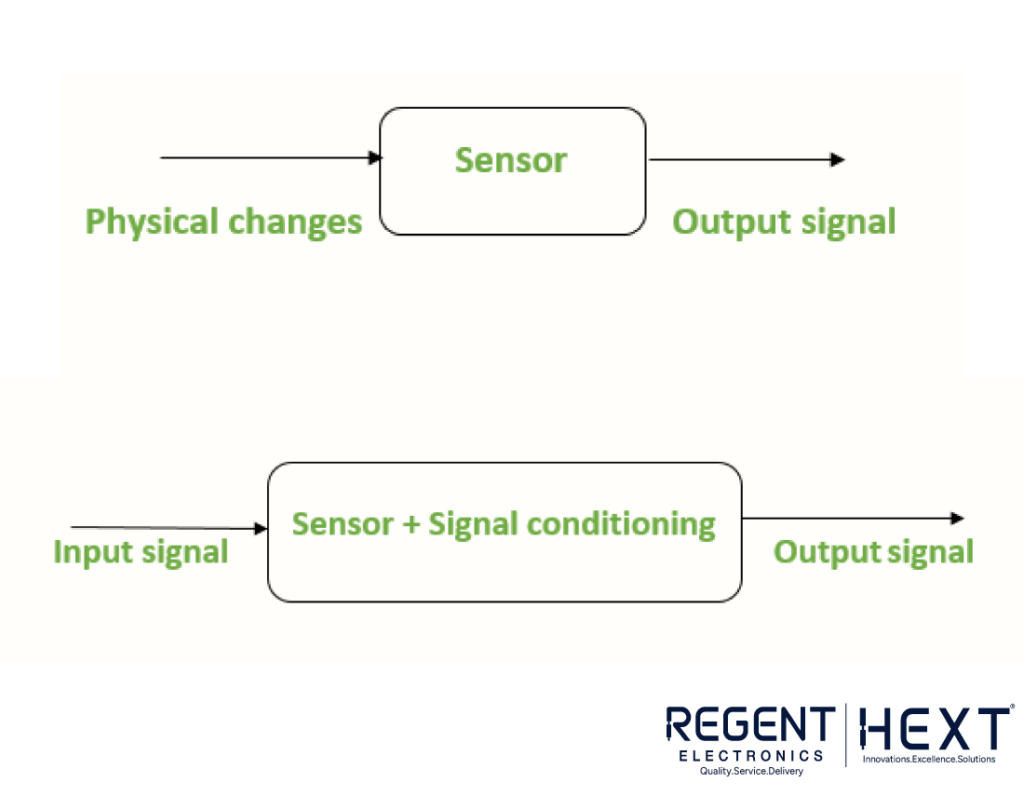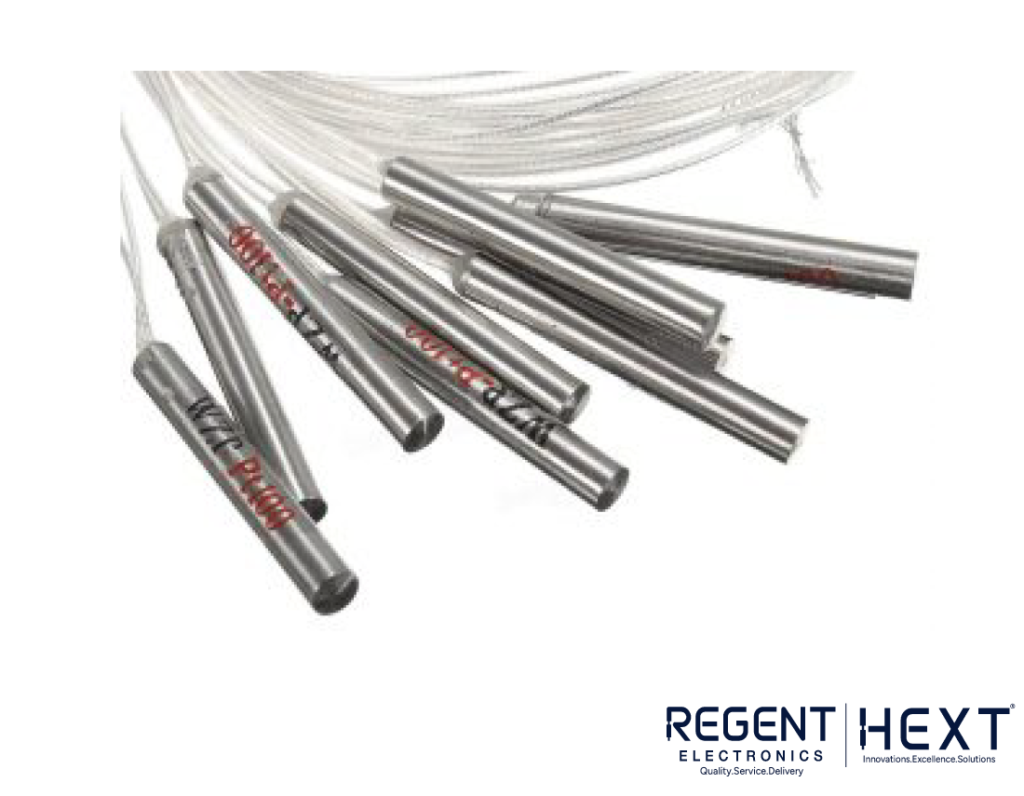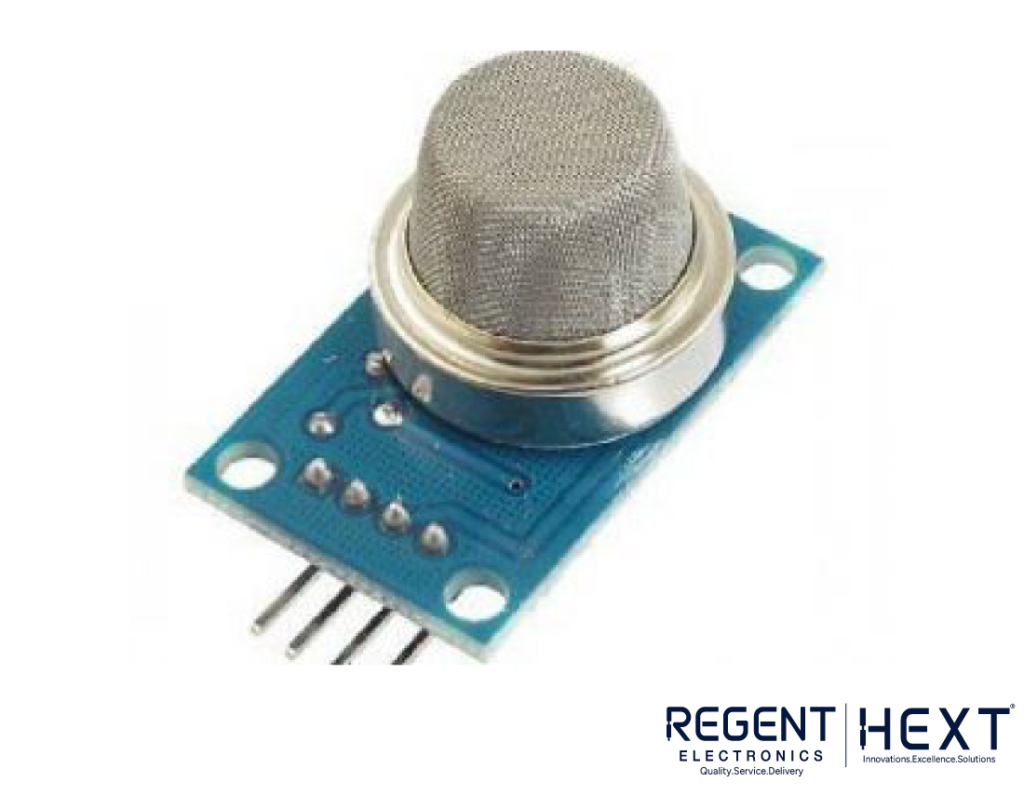
Difference Between Sensor and Transducer
Understanding the Differences Between Sensors and Transducers
Sensors and transducers are essential components in modern electronics and automation. While they may seem similar, they serve different functions. In this blog, we will explore the key differences between a sensor and a transducer and their applications.
What is a Sensor?

A sensor is a device that detects physical changes in the surrounding environment and responds to them. These changes can be in the form of light, heat, motion, pressure, moisture, or other physical phenomena.
Examples of Sensors:



- Thermometer: Measures temperature by expanding or contracting liquid inside a glass tube.
- Oxygen Sensor: Found in vehicle emission systems to detect fuel-to-oxygen ratio.
- Motion Sensor: Used in security systems and automatic doors to detect movement.
- Photo Sensor: Detects light intensity, infrared (IR), or ultraviolet (UV) radiation.
- Accelerometer Sensor: Detects screen rotation in mobile devices.
What is a Transducer?

A transducer is a device that converts one form of energy into another, usually transforming a non-electrical signal into an electrical one for measurement or control purposes.
Components of a Transducer:
- Input Device: Receives the measured quantity.
- Signal Conditioning Unit: Filters or modifies the signal.
- Output Device: Converts the signal into a measurable output.
Examples of Transducers:
- Microphone: Converts sound into electrical signals.
- Loudspeaker: Converts electrical signals into sound.
- Thermocouple: Converts heat into voltage.
- Fluorescent Bulb: Converts electrical energy into light energy.
Key Differences Between Sensor and Transducer
| Parameter | Sensor | Transducer |
| Definition | Detects physical changes in the environment. | Converts energy from one form to another. |
| Components | Contains only the sensing element. | Comprises a sensor and signal conditioning unit. |
| Functionality | Detects changes and generates signals. | Converts energy into a different form. |
| Complexity | Less complex. | More complex as it involves signal processing. |
| Feedback | Measures physical quantities but doesn’t provide system feedback. | Provides feedback through processed signals. |
| Dependency | A sensor is not always a transducer. | A transducer always contains a sensor. |
| Applications | Used in proximity, magnetic, light, and accelerometer sensors. | Used in thermistors, potentiometers, and thermocouples. |
Conclusion
Both sensors and transducers are widely used for measuring and controlling physical quantities like temperature, light, motion, and pressure. While all transducers contain sensors, not all sensors function as transducers. Understanding their differences helps in selecting the right device for a specific application.
At Regent Electronics, we provide high-quality sensors and transducers for various industrial and commercial applications. Stay tuned for more informative blogs, and feel free to drop your questions in the comment section!
